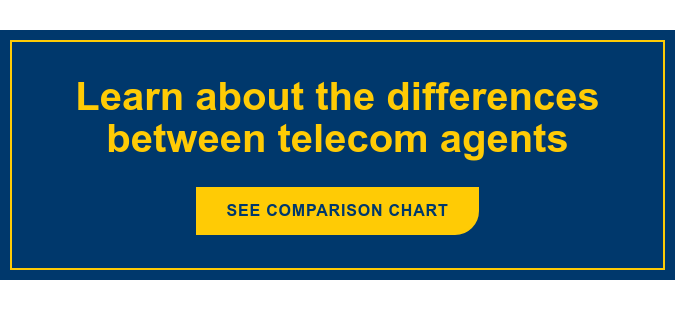When we visit a customer’s site to diagnose how their network and connectivity are working, we go in with three lists of threes. These help us make the best decisions about the client’s current and future needs.
Our first list of three questions are for our team to answer...
- What is the client’s currently level of connectivity?
- Who is their current provider?
- What is the current agreement in place with the provider?
Those answers are quite easy to figure out quickly, so we then advance to the next series of three factors that we and the client need to discover together.
 1. Latency
1. Latency
This is a big one. Latency is the amount of delays, in milliseconds, of your current network. The higher the latency, the less reliability. High latency can interfere with your business by slowing down everything on the network. Latency is particularly sensitive to high bandwidth items like video and voice. So if you run a law firm and do a lot of video depositions, you really need low latency on your network. Likewise, if you run a call center with voice over IP, you can’t afford dropped or choppy calls coming in. Customers who have an order or a problem face frustration and escalating anger if your network drops their call due to high latency.
2. Applications
We need to perform an inventory of all the applications that run on the client’s network and which one have a priority. Again, latency is a factor, because high priority applications may use a lot a bandwidth and be running all the time. The network needs to have enough muscle to handle the demands of your business today and in the future.
3. Expectations
It's vital for us to discuss expectations about connectivity with the client. Many don’t think about it until you bring it up. Many assume it will be reliable and always available, but that depends on a lot of factors being in place. We often recommend a stress test on the network to learn how performance can be improved and where to build redundancy into the system. We will work with you to help establish these tests and also help build a roadmap for improved connectivity. We talk about future-proofing the network so it can scale - essentially grow - as the business grows.
Finally, there are three mediums that carry your data on the network. By looking at your current and future needs we can help you determine which is best for your organization.
- Copper Wires: This is almost everywhere and the least expensive, but it also has the most latency. Copper is hard to scale, so it won’t be growing in its capabilities as your business evolves.
- Coax Cable: It can handle more bandwidth and is quite prevalent.
- Fiber Optic Cable: This is more rare, but it has the most capacity. If you have a fast-growing business, we are going to recommend fiber.
In general, organizations underestimate their connectivity needs. Making decisions on price alone is one of the biggest mistakes we encounter. We can’t emphasize this enough: With carrier connections, most often, you get what you pay for. The cheaper price tags from some carriers bring with them more latency, more shared traffic (which increases latency even more) and less reliability. We can help you make a more educated decision about connectivity you won’t regret down the road.
 1. Latency
1. Latency